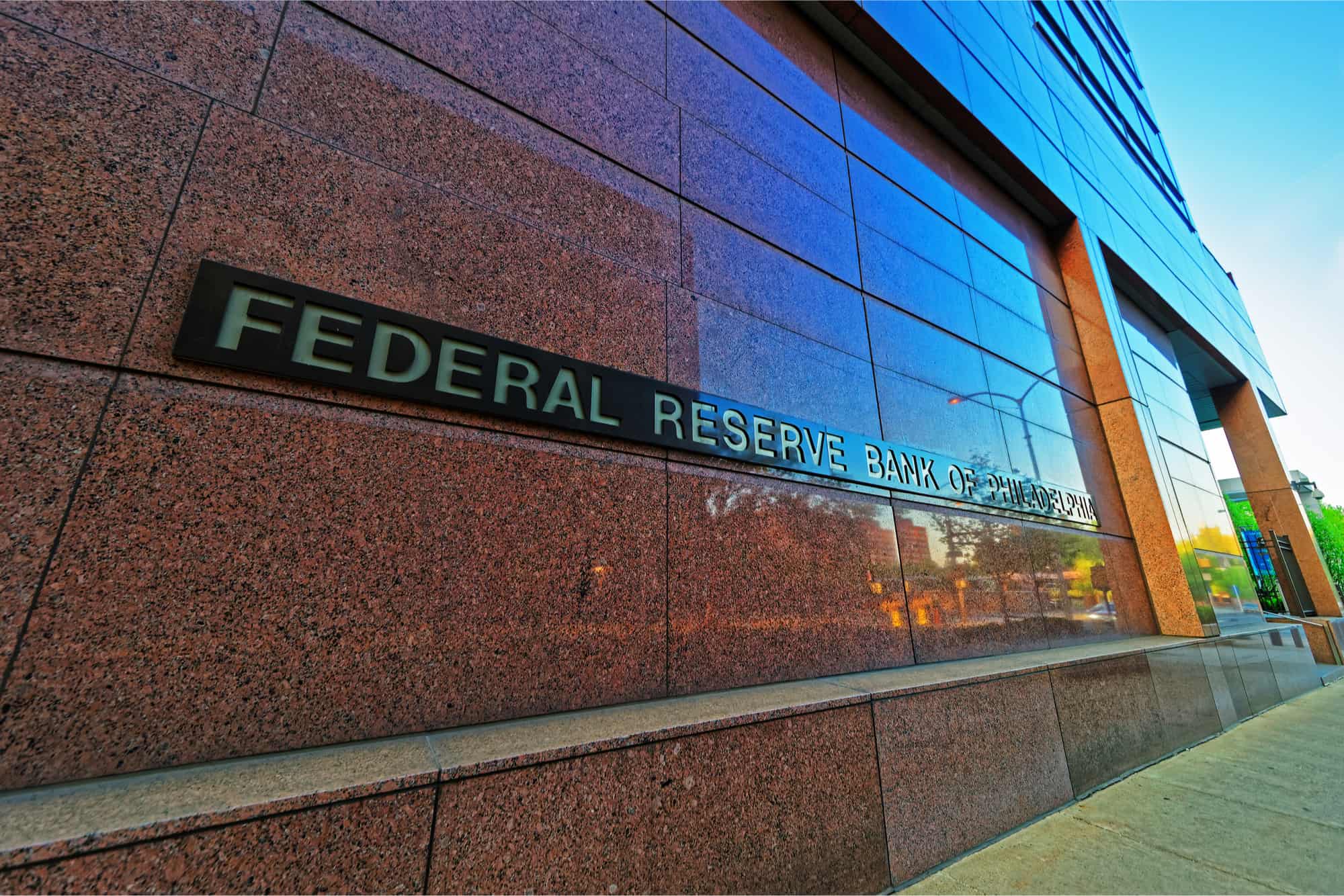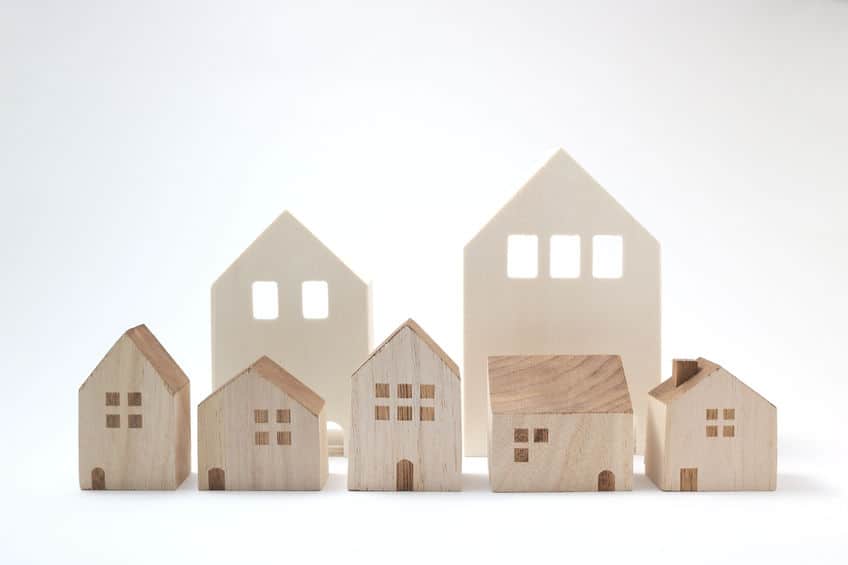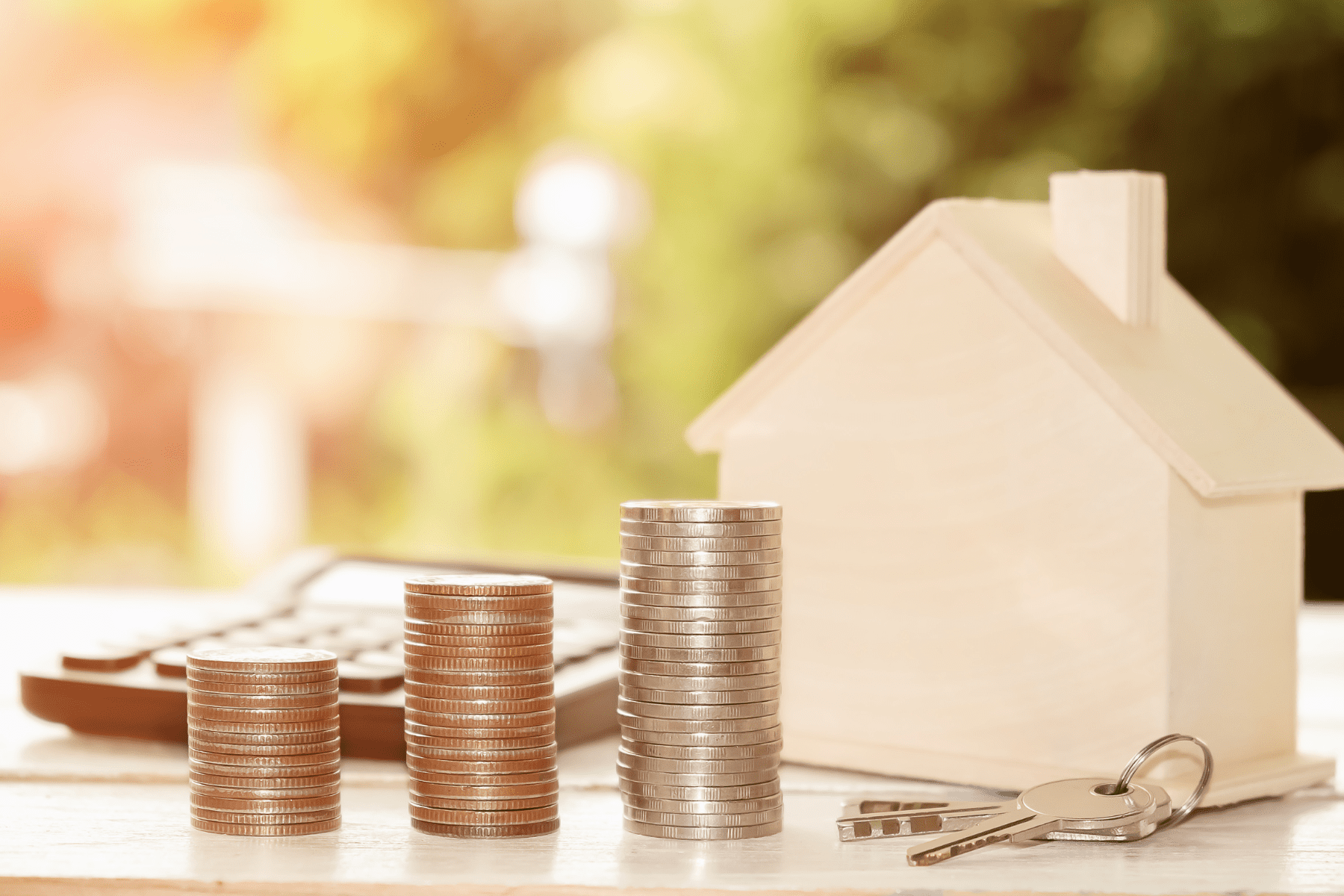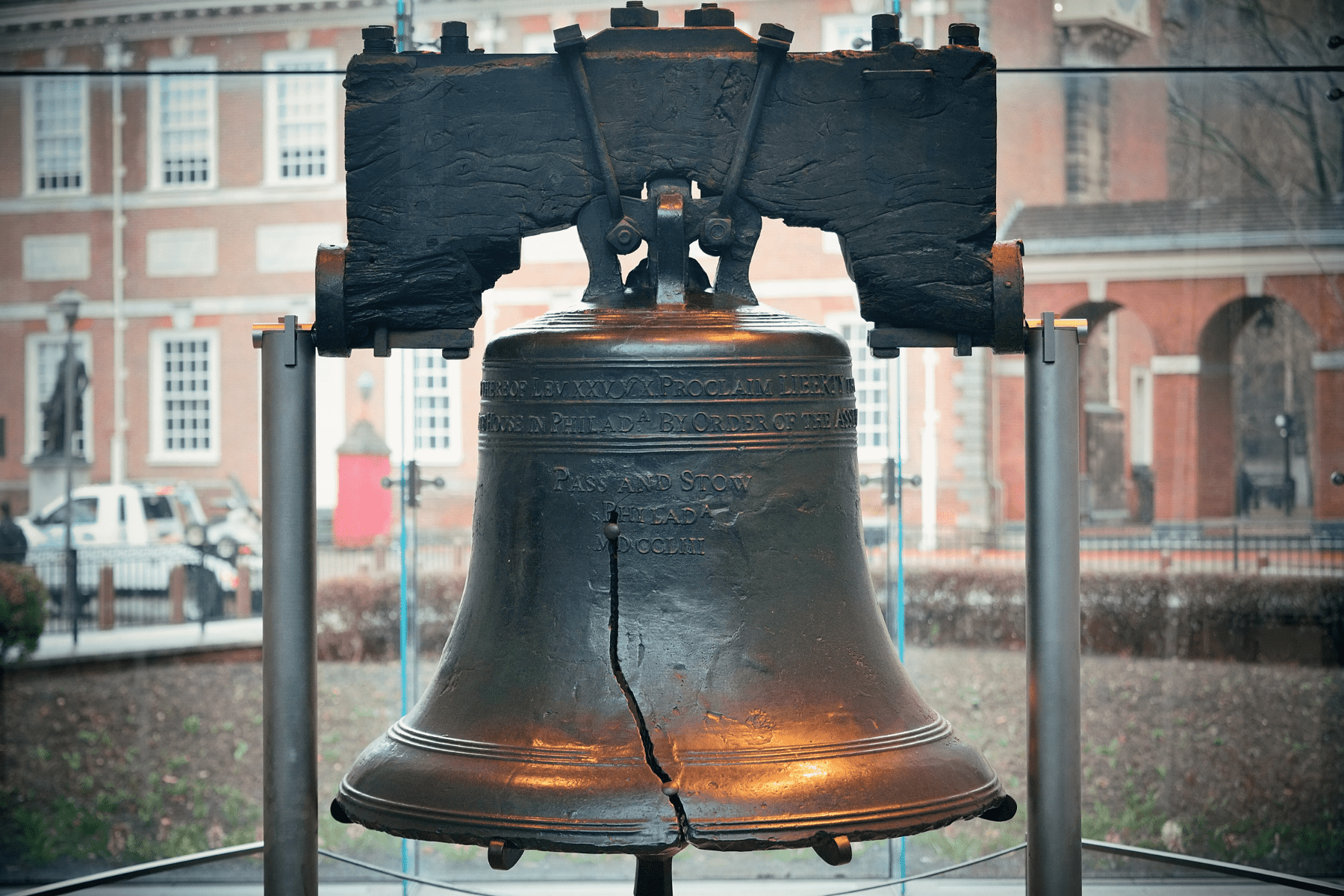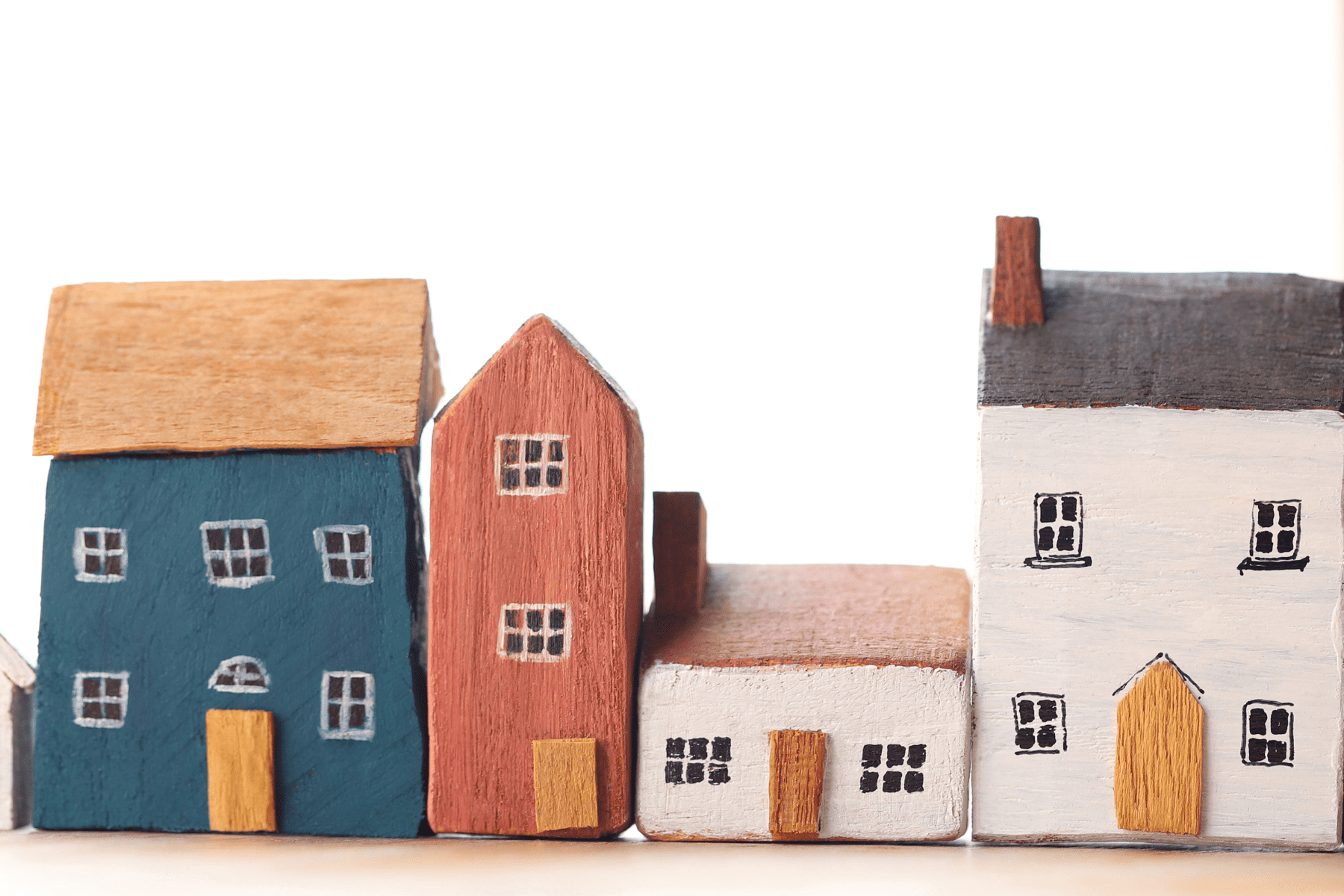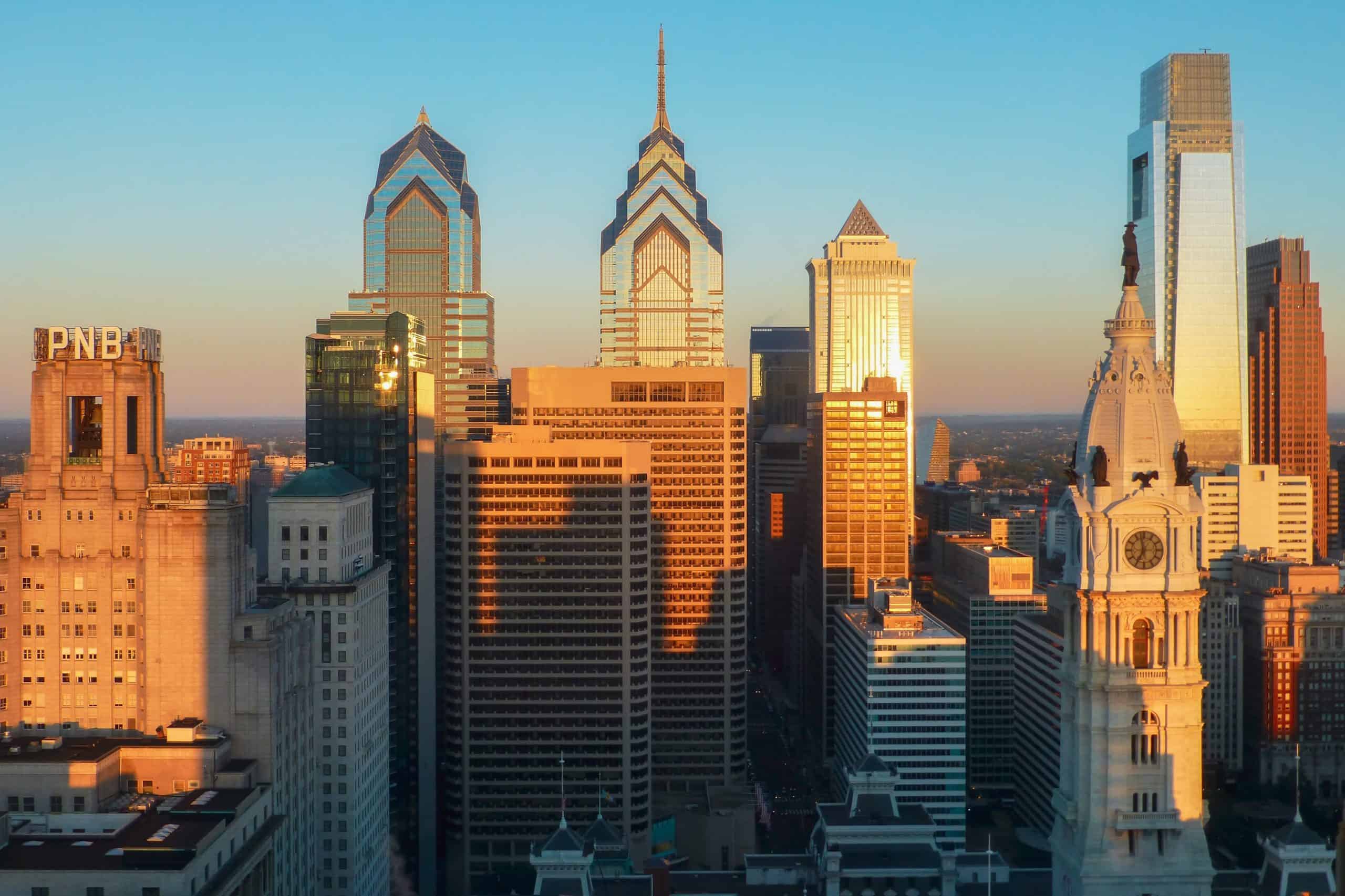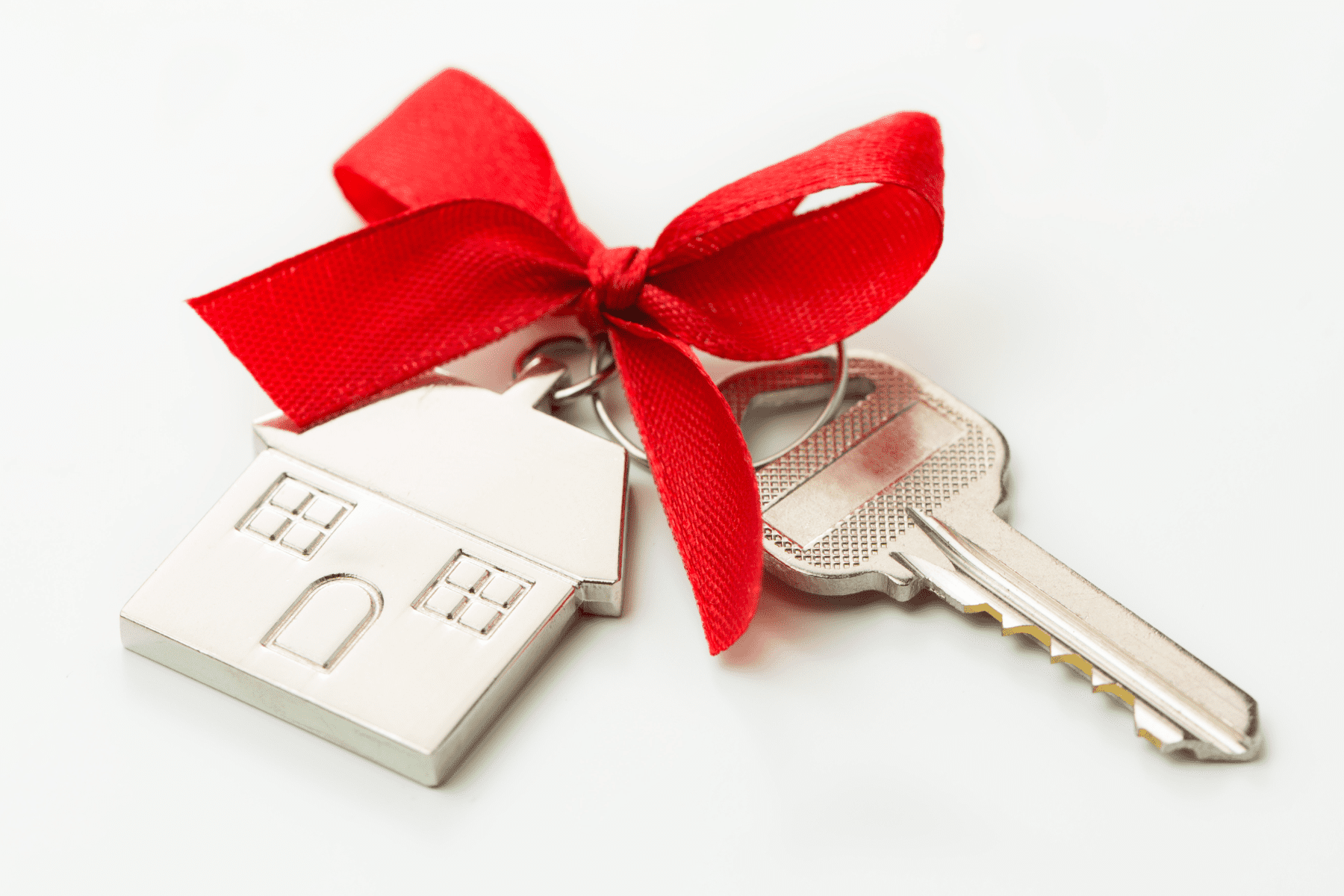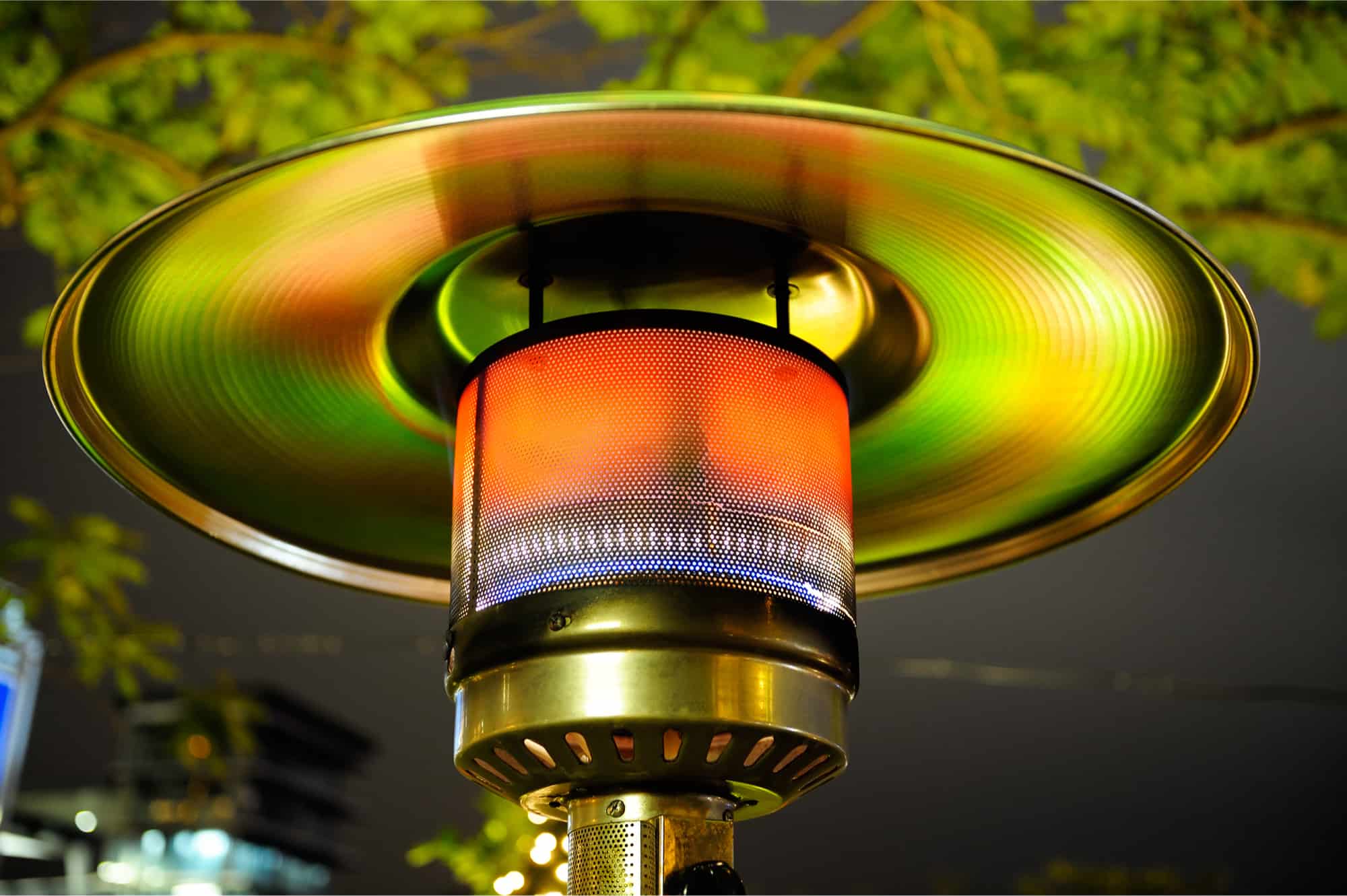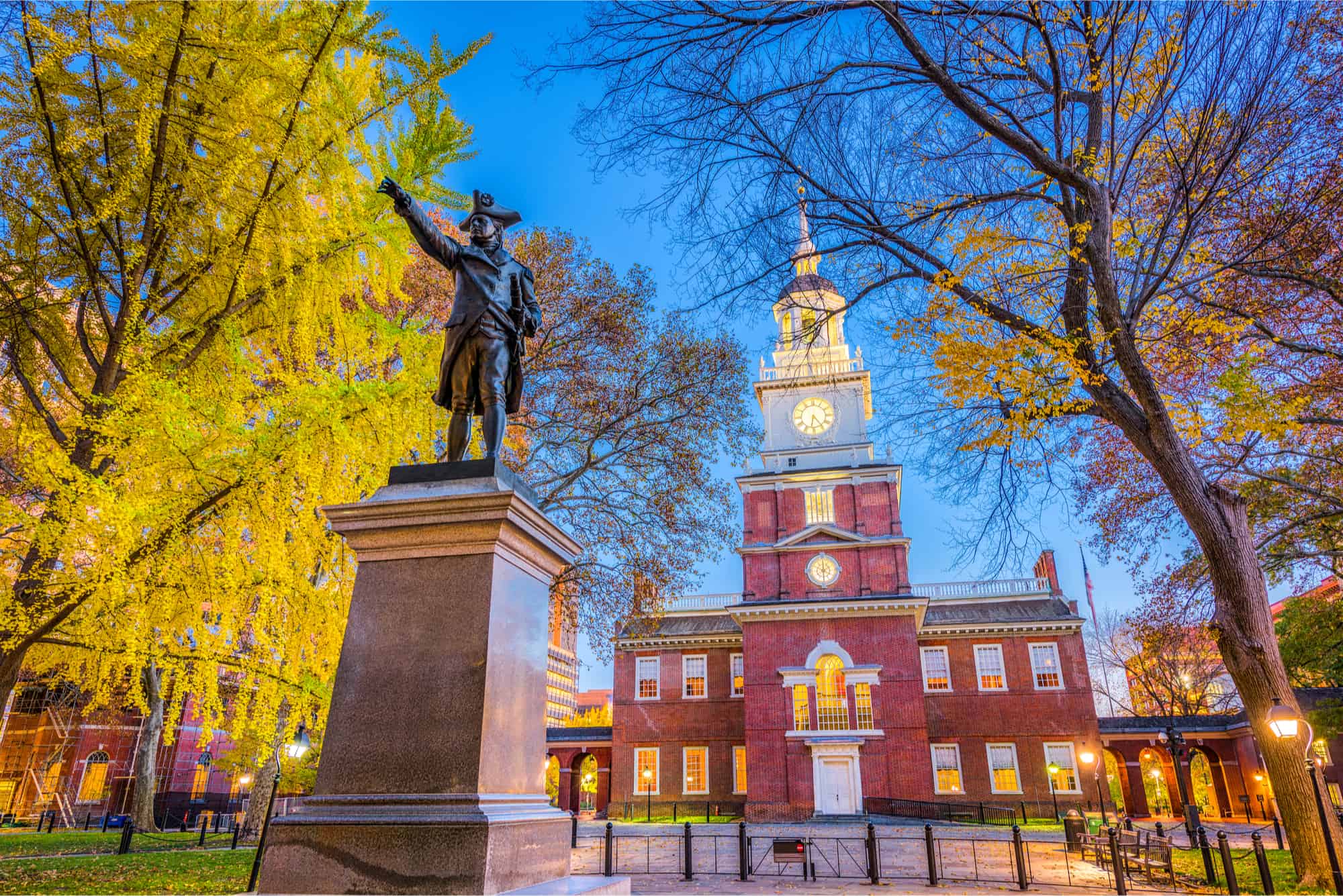
Before you slap any old color on the walls, take some time to consider what mood you’d like each room to inspire.
Red, Yellow And Orange: The Colors Of Excitement, Hunger And Happiness
Ever wonder why the dining rooms, kitchens and entertainment rooms you see in magazines always seem come in every shade of red? It’s because these rooms are dedicated to eating and leisure time. Shades of red, especially bright, vibrant reds, have been linked to increased appetite and increases in energy levels.
In a similar vein, we have shades of yellow. Typically, yellow hues have been known to encourage feelings of happiness and joy.
That said, it’s a good idea to steer clear of especially bright shades of yellow that can be harder on the eyes, as they can foster feelings of frustration and an inability to concentrate.
Orange, like red, provides a great way to bring up energy levels, but like yellow, is prone to cause irritation when used excessively. People are more likely to be excitable and show more enthusiasm in rooms that incorporate this color. In order to reap the benefits of orange without causing irritation, restrict your use of it to the odd wall here and there.
Blue, Green And Purple: The Colors Of Restfulness, Peace And Serenity
It’s no surprise that blue is the color of calm and relaxation. For bedrooms and bathrooms, blue hues are ideal for inspiring restfulness; however, this color’s calming influence makes it a poor paint color choice for high traffic areas where high energy levels are necessary.
Occasionally, overusing this color – especially in darker shades – can bring moods down beyond calmness and into sadness and depression.
Green is yet another color that inspires peace and restfulness. The advantage of green is that the serenity it brings on is accompanied by feelings of rejuvenation and replenishment. Think of green spaces as places where you can gather yourself and quietly rebuild your energy levels.
Purple is often associated with lavishness and luxury in deep, rich hues that spark creative thinking. In lighter shades, it has the same calming influence of blue but, thanks to its red undertones, none of the sadness that blue can often have.
Making The Most of These Colors: A Little Goes A Long Way
It’s unlikely that you will be painting any of the rooms in your house in a single shade of any of these colors. Experiment with different shades and work with colors that inspire similar emotions to break up the visual impression of the room.
You can use neutral paint colors like brown, black and white to bring depth to room, or to suppress the harsh tones of brighter colors like yellow and orange.
Psychologists have long known that colors affect mood, and in recent years, the interior design world has caught on as well. Now that you understand how paint colors can alter your mood, it’s important to paint your walls wisely.
To learn more about home care and prepping your home for sale, call your trusted real estate professional today!

